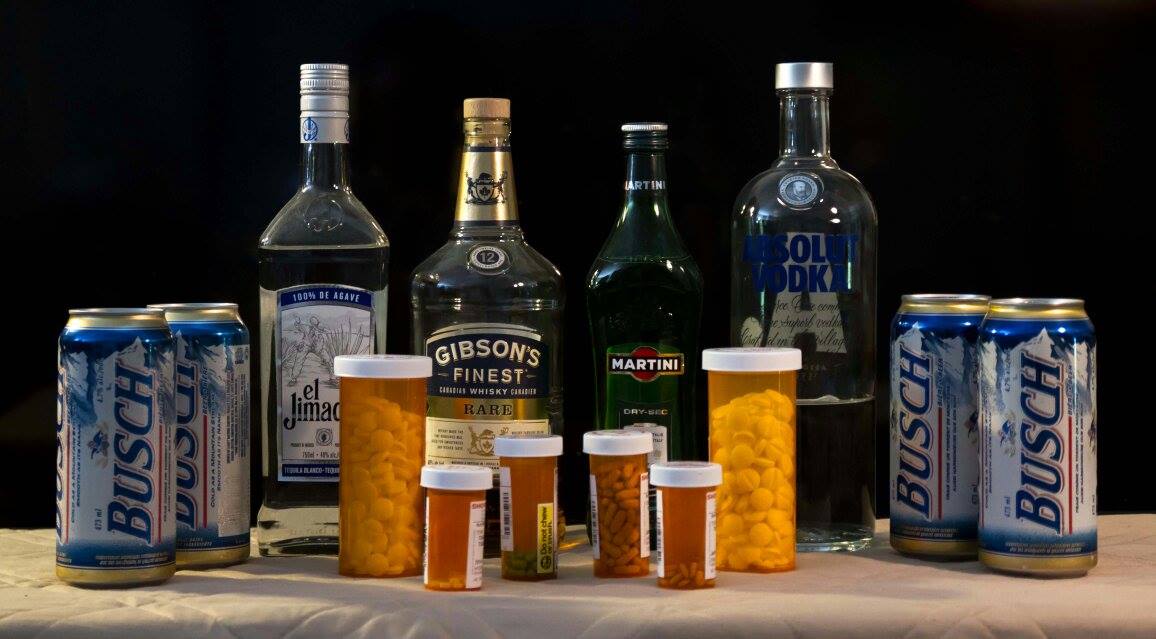Champagne, Explain Champagne, What is Champagne

Champagne speaks to explain Champagne and what is Champagne both manufacture and history of such.
Carbonation is effected in Champagne by inducing the in bottle fermentation of the wine It is produced exclusively within the region of France from which it takes its name and is a sparkling wine.
The primary grapes used in the production are Chardonnay, Pinot noir and Pinot Meunier. Through international treaty, national law or quality-control/consumer protection related local regulations, most countries limit the use of the term to only those wines that come from the appellation.
In Europe, this principle is enshrined in the European Union by Protected Designation of Origin (PDO) status. Other countries, such as the United States, have recognized the exclusive nature of this name, yet maintain a legal structure that allows certain domestic producers of sparkling wine to continue to use the term under limited circumstances.
Varieties:
The majority of US produced sparkling wines do not use the term on their labels and some states, such as Oregon, ban producers in their states from using the term as it can be confusing to consumers.
The wine first gained world renown because of its association with the anointment of French kings. Royalty from throughout Europe spread the message of the unique sparkling wine and its association with luxury and power.
Varieties:
The leading manufacturers devoted considerable energy to creating a history and identity for their wine, associating it and themselves with nobility and royalty. Through advertising and packaging they sought to associate the wine with high luxury, festivities and rites of passage. Their efforts coincided with an emerging middle class that was looking for ways to spend its money on symbols of upward mobility.
Contrary to legend and popular belief, Dom Perignon did not invent champagne. The Benedictine Monks in 1531 can make that claim. Over a century later the English added sugar to a finished wine to create a second fermentation six years before the monk Dom Perignon was credited.
The Method Champenoise is the accepted traditional method by which the wine is produced. After the primary fermentation and bottling, a second alcohol fermentation occurs in the bottle. The second fermentation is induced by adding a bit of yeast and a bit of sugar. A minimum of 1.5 years and a required 3 years for the better quality Champagne is required.
Return from champagne to homepage
Hard copy and E book for sale. What's Killing You and What You Can Do About It. Click here.
Hard copy and E book for sale. Introduction to Building Mechanical Systems. Click here.